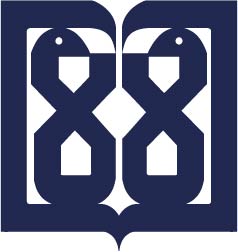Quantitative investigation of the production of municipal wastewater and the development of a conceptual model for the estimation reused wastewater using the Monte Carlo simulation method
Water scarcity is a global crisis, worsened by population growth, urbanization, and climate change. By 2025, about 1.8 billion people will experience water shortages. Iran, where 90% of the land has dry or semi-dry climates, is particularly affected due to reduced rainfall, deforestation, and groundwater depletion. The United Nations' Sustainable Development Goal 6 (2015) promotes recycling and reusing wastewater to address water shortages. While some urban areas in Iran have wastewater treatment facilities, reuse remains limited. Expanding wastewater reuse is vital to meet Iran's growing water demands, and better management of wastewater resources at local levels is essential.

Funders: Intitute for Environmental Research
PI: Mahdi Hadi
Project Team: Fazlollah Changani , Mohammad hadi dehghani, Rajab Hassani
The necessity of project implementation: The issue of water scarcity is becoming a global crisis. All human activities depend on water, yet the amount of accessible freshwater is very limited. With population growth, urbanization, and increasing global warming, access to freshwater will become even more restricted. According to studies, by 2025, around 1.8 billion people will be affected by water shortages. Iran, with its dry and semi-dry climate covering 90% of the country, also faces water scarcity. In recent years, the situation has worsened due to reduced rainfall, drying wetlands and rivers, deforestation, and declining groundwater levels.
In 2015, the sixth goal of the United Nations' Sustainable Development emphasized the importance of recycling and reusing wastewater worldwide. Gradually, countries have begun to address this issue, implementing policies for the reuse of treated wastewater. In many countries that have adopted wastewater collection and treatment, treated water is used for landscape irrigation, agriculture, cleaning, construction, cooling power plants, and other purposes.
In Iran, urban wastewater collection and treatment are carried out in some cities, but the reuse of treated wastewater is still in its early stages due to limited collection networks and treatment infrastructure. Most treated wastewater is used in agriculture. With Iran's growing population, there is a growing need for alternative sources of clean water in the coming years. Therefore, an effective and feasible solution is the reuse of treated wastewater. Given the limited and fragmented national data on wastewater, it is essential to assess the current and future status of wastewater production, collection, and reuse potential at provincial and city levels.






comment